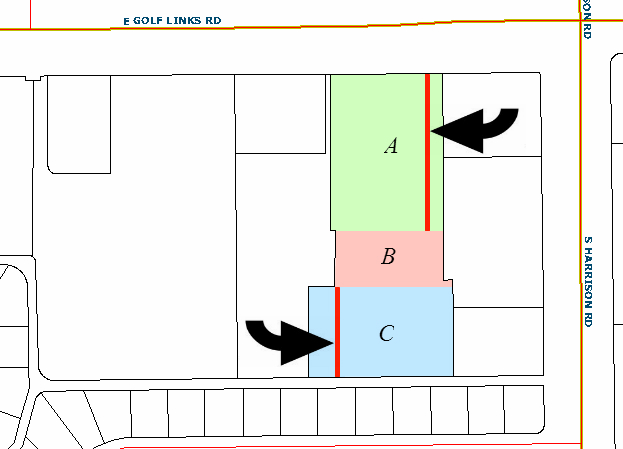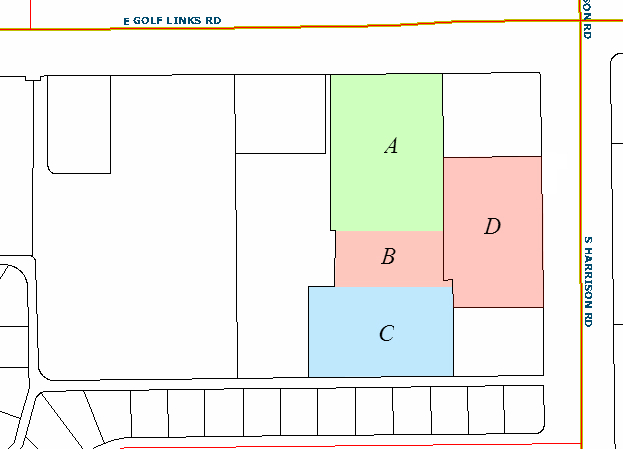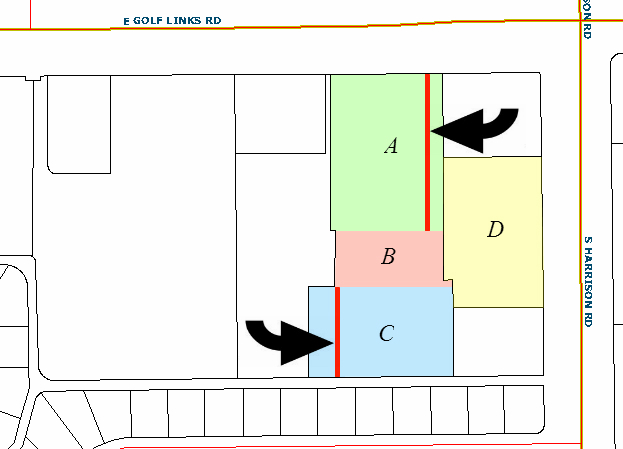Arizona Daily Star Interviews Carl Sammartino Regarding Eminent Domain Success for Property Owners
/The Arizona Daily Star interviewed me recently regarding my successful representation of multiple property owners whose property the City of Tucson condemned using eminent domain for the Downtown Links project:
“‘Whenever there is a large dispute, or a large number of disputes ... it indicates that there was some major disagreement between the government agency and the private property owner regarding the value of the property taken,’ said Carl Sammartino, an attorney who represented several of the affected owners.
Though they were on opposite sides of those disputes, Rossi and Sammartino agreed on the principal cause for the disagreements: The boom in downtown development, which led many owners to believe that their properties were worth more than the city was offering. A quick review of the offer and ultimate settlement figures shows that owners ended up with about 60 percent more than what was originally on the table, according to court documents.”









